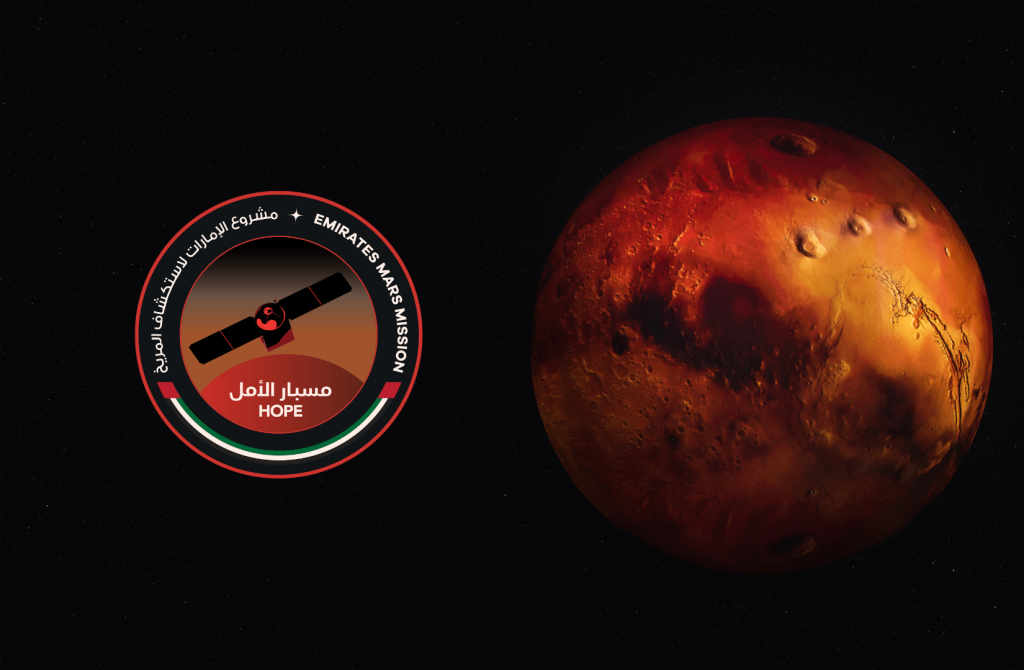The UAE’s space probe Hope has captured the first high-resolution images of the far side of Mars’s moonlet Deimos. According to mission scientists, this observation adds weight to the theory that Deimos formed with Mars rather than as an asteroid that Mars captured in its orbit.
The Emirates Mars Mission (EMM), also known as Hope, conducted a fly-by of Deimos on March 10. EMM science lead Hessa Al Matroushi reported the results at the European Geosciences Union meeting in Vienna on April 24. Al Matroushi explained that Hope’s high and elongated orbit, which reaches over 40,000 kilometres above Mars’s surface at its highest point, enables it to observe Deimos from above and to image its farside, unlike the other missions that have visited Mars.
Deimos is tidally locked to Mars, similar to Earth’s Moon. Therefore, any observations from a low Mars orbit or the planet’s surface are always of the same side of the moonlet. The mission team used all three onboard instruments of Hope to take readings during the March 10 fly-by, covering infrared to extreme ultraviolet wavelengths. The scientists observed a relatively flat spectrum, which suggests that Deimos was formed from the same material as Mars rather than from carbon-rich rock often found in asteroids.
Hope’s primary science goal was to study seasonal variations in Mars’s atmosphere and weather patterns. However, mission control fired the onboard thrusters after this phase to allow the spacecraft to intersect with Deimos’ orbit multiple times. Al Matroushi said, “We don’t want to get a one-time observation of Deimos. We knew we wanted more.”





